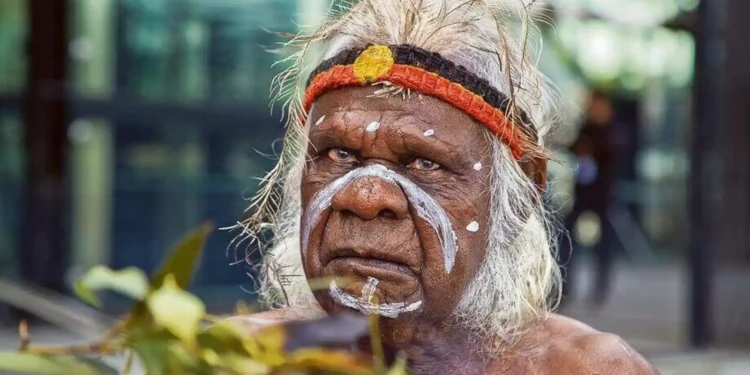Discovering Traditions, Australian Aboriginal are the indigenous people of Australia, with a rich cultural heritage that dates back over 60,000 years. Discover all the known and lesser-known things about Aboriginal Australians, including their history, culture, and current status in society. Let’s zoom in on just a few of the many customs and practices that are found in Aboriginal cultures throughout Australia.
For discovering traditions, Australian Aboriginal have a deep spiritual and cultural connection to the land and the natural world. Many traditional practices, such as hunting and gathering, are based on a deep understanding and respect for the environment and its resources.

The Dreamtime is a complex spiritual belief system that is central to many Aboriginal cultures. It describes the creation of the world and the relationship between humans, the natural world, and the spirit world.

Aboriginal cultures have complex systems of kinship and social organization, based on family relationships and community connections. These systems define roles and responsibilities within the community and play an important role in maintaining social harmony and order.
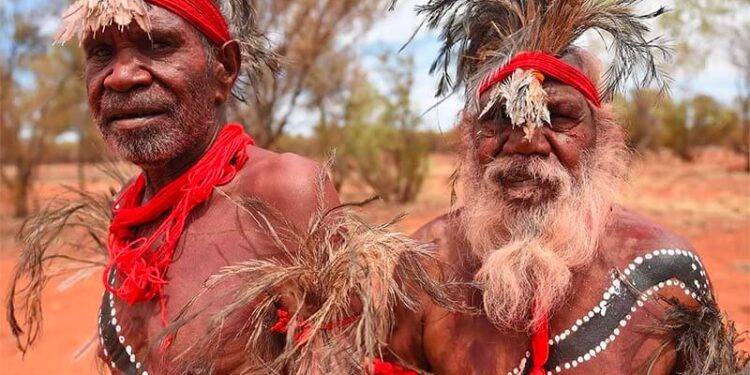
Aboriginal cultures have a rich tradition of ceremonies, which are used to mark important life events, such as births, deaths, and initiations. These ceremonies often involve song, dance, and storytelling and are an important way of passing down cultural knowledge and history.
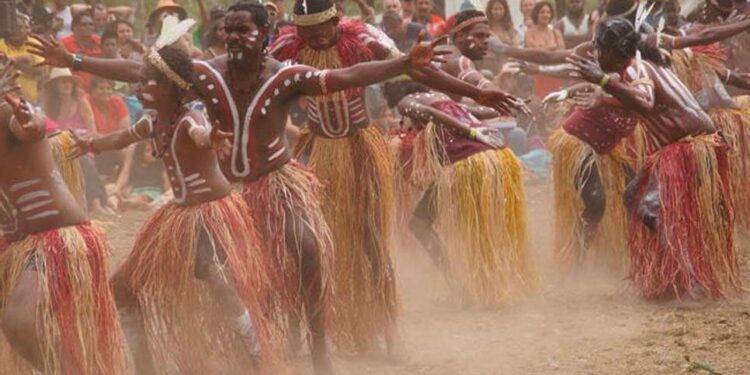

Aboriginals have a rich tradition of music that has been passed down through generations. Here are some of the ways that Aboriginals make music:
Didgeridoo
The didgeridoo is a long, hollow wooden instrument that produces a deep, resonant sound. It is traditionally made from eucalyptus branches and is played by blowing air through the instrument and creating vibrations with the lips.
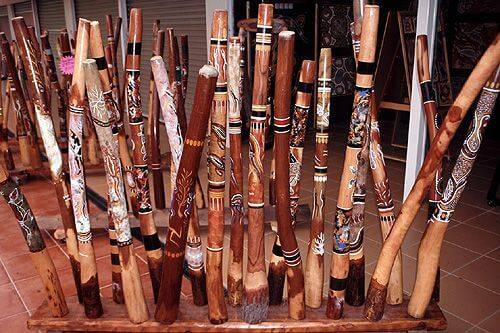
Clapsticks
Clapsticks are a pair of wooden sticks that are struck together to create rhythm and percussion. They are often used in conjunction with the didgeridoo and other instruments.
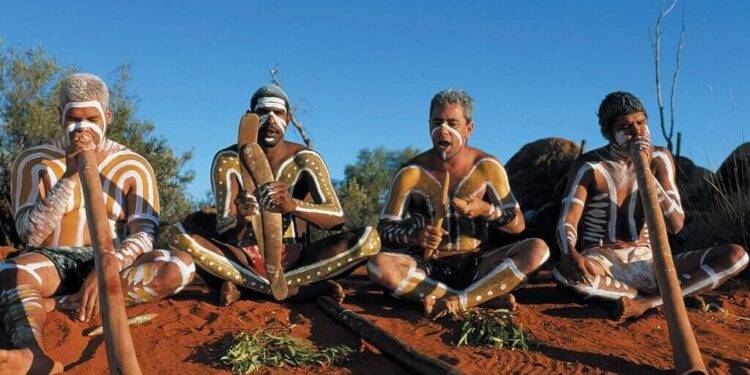
Aboriginal art is a diverse and vibrant tradition, with many different styles and techniques. Art is used to tell stories, record history, and express spiritual beliefs, and plays an important role in both traditional and contemporary Aboriginal culture.

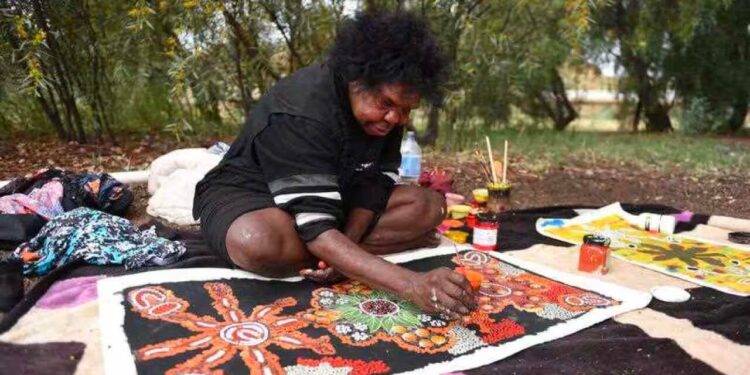
Aboriginal cultures have hundreds of distinct languages, each with their own unique grammar and vocabulary. Language plays a central role in cultural identity and is an important part of preserving and passing down cultural knowledge.
